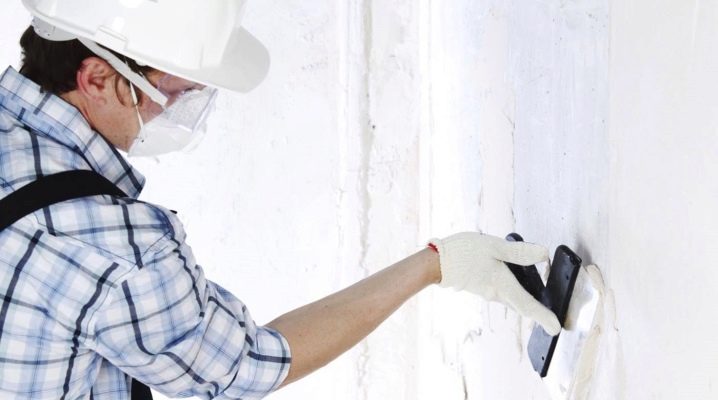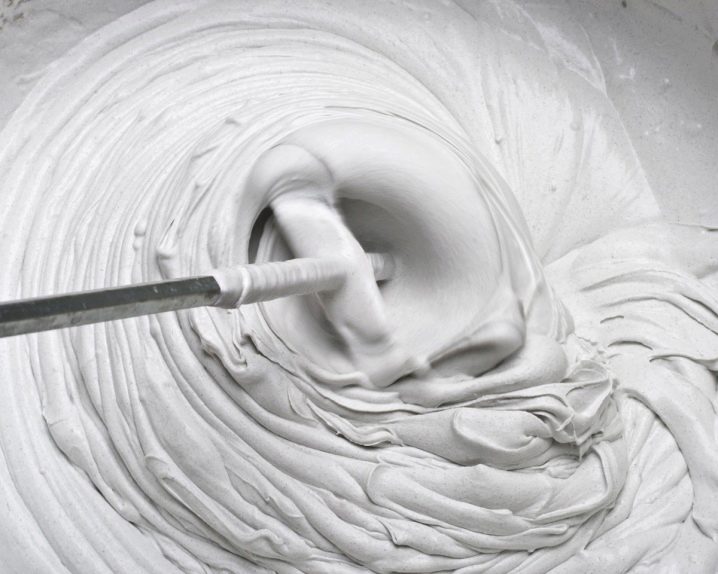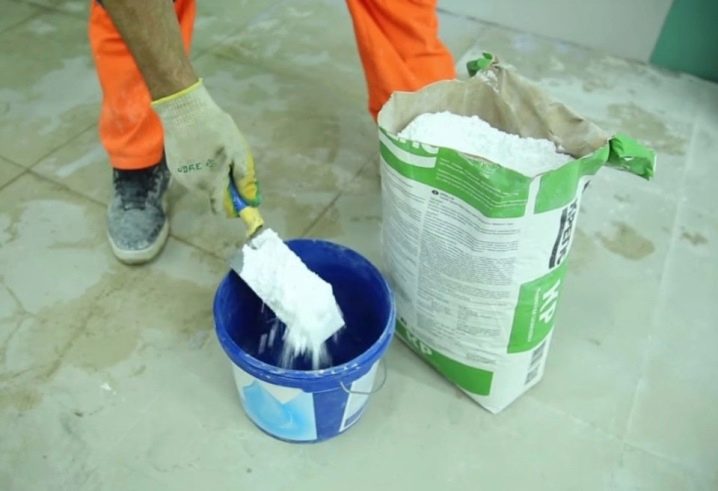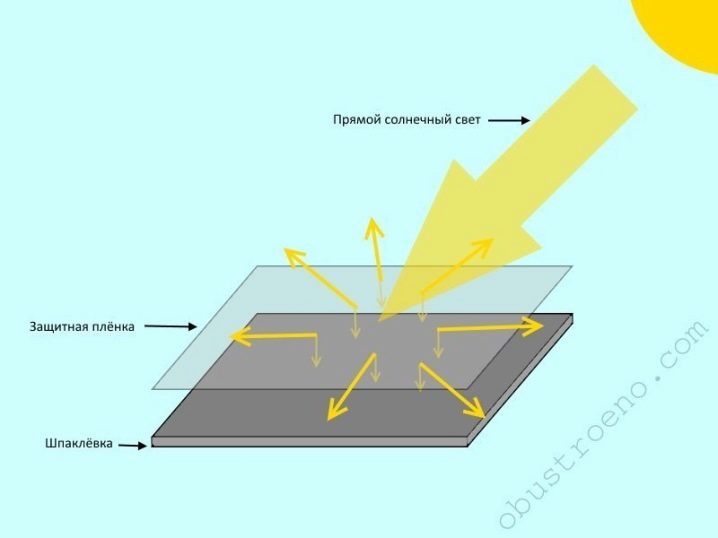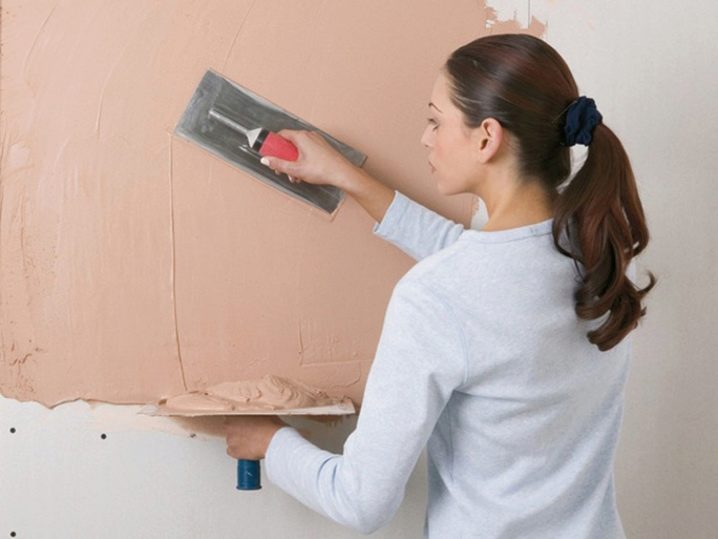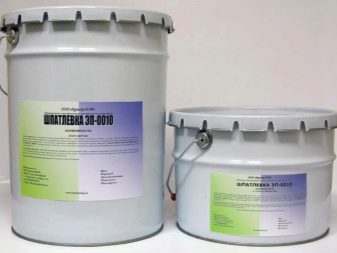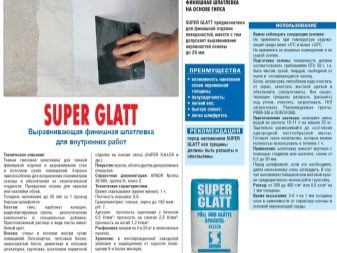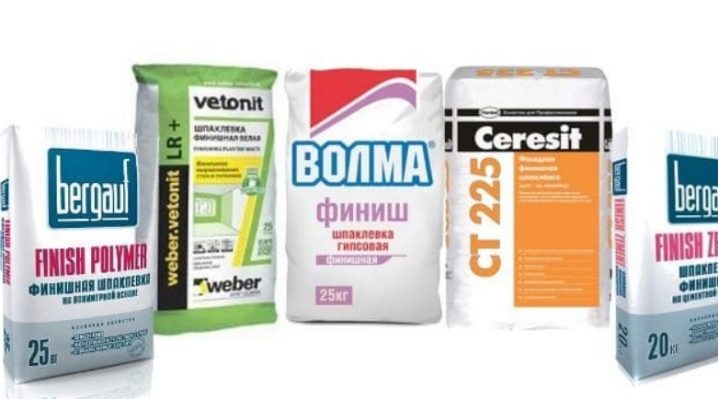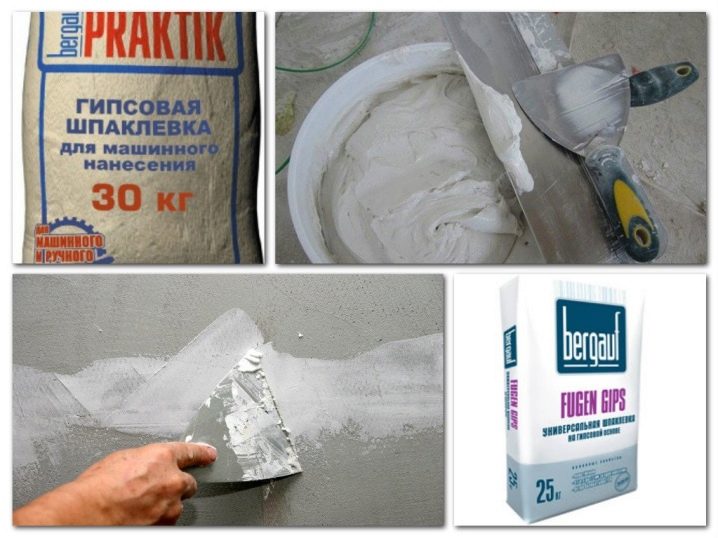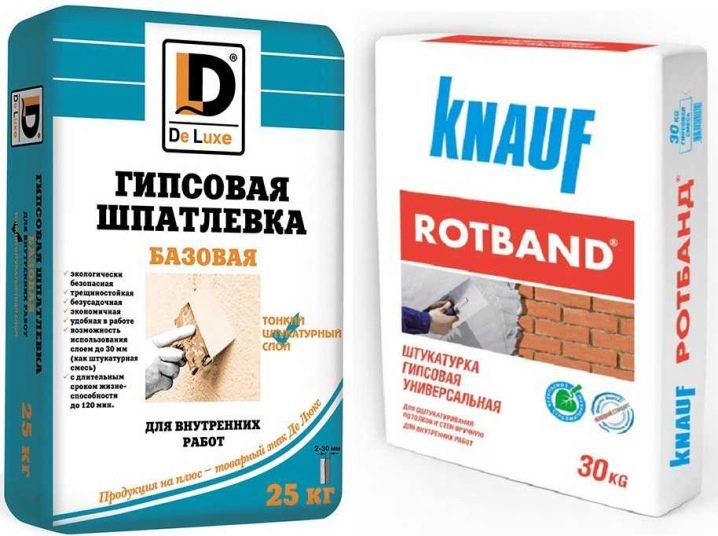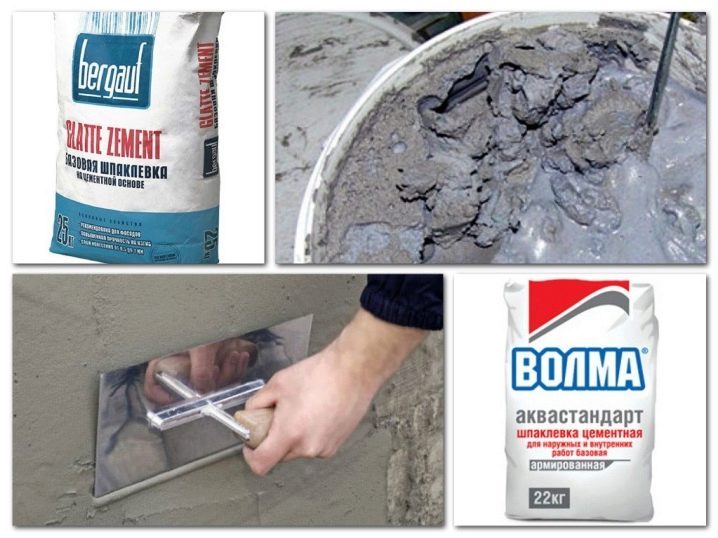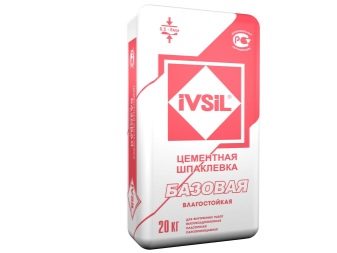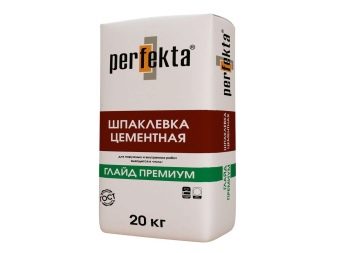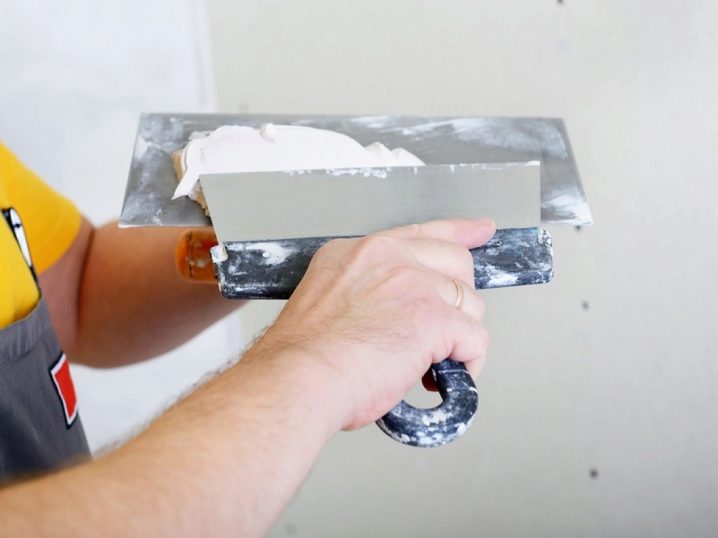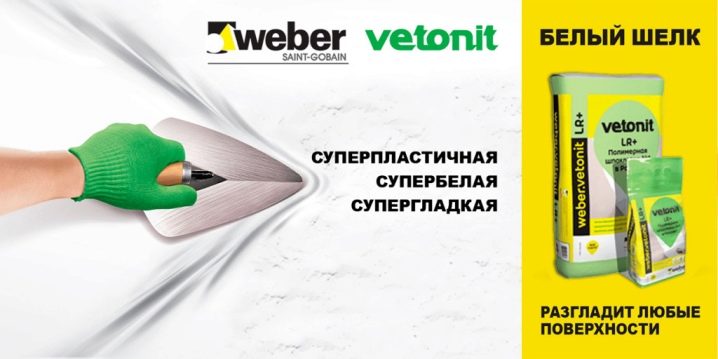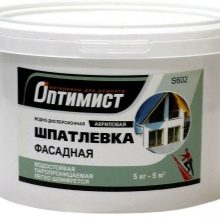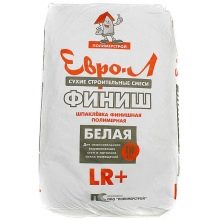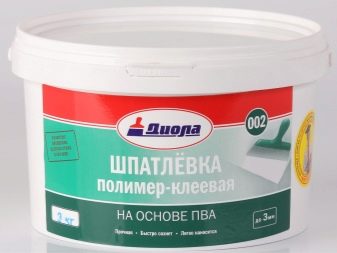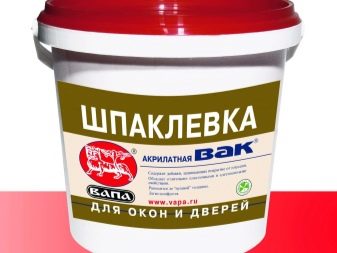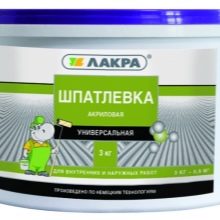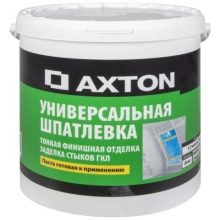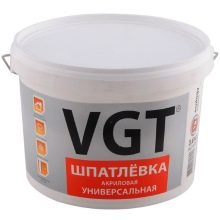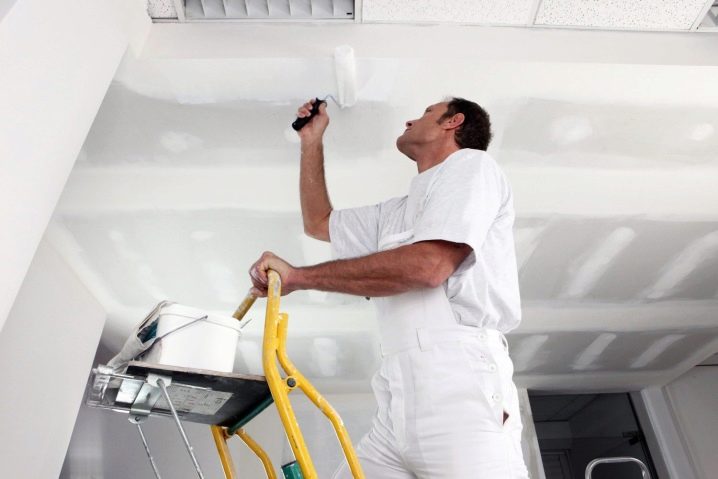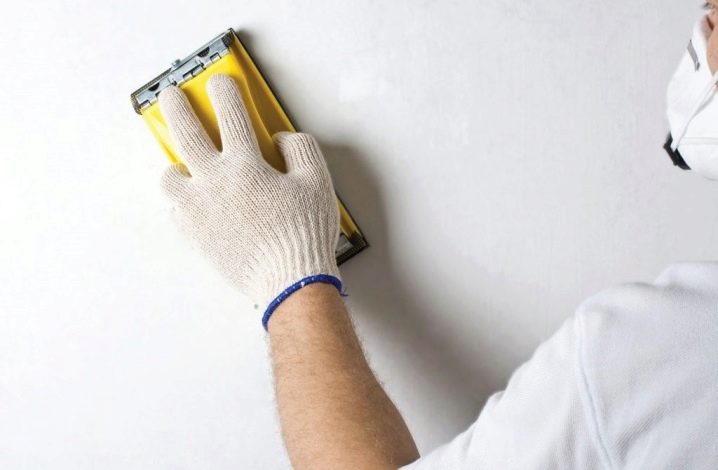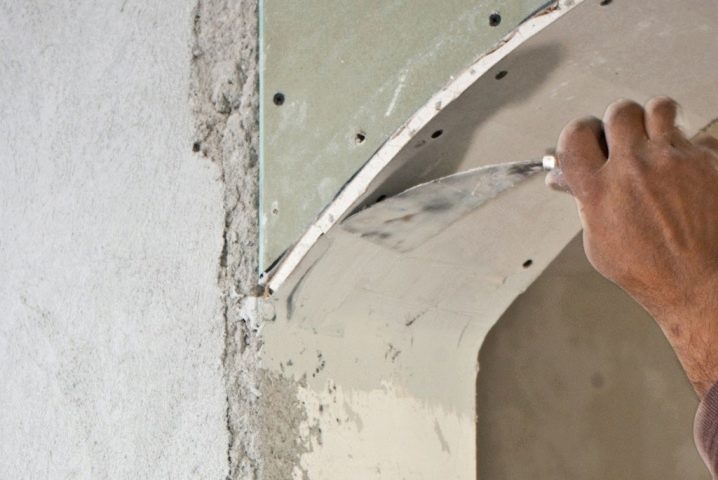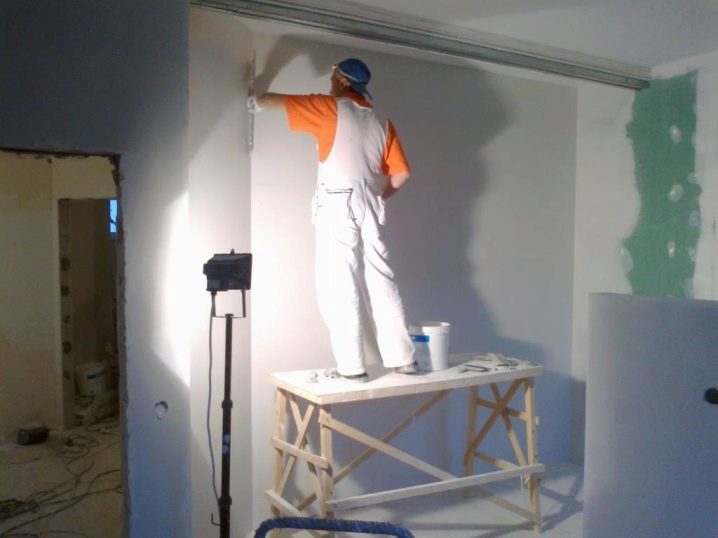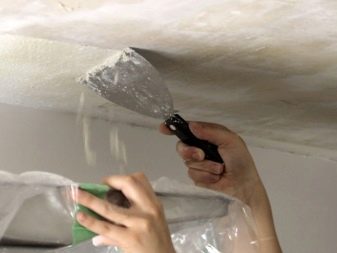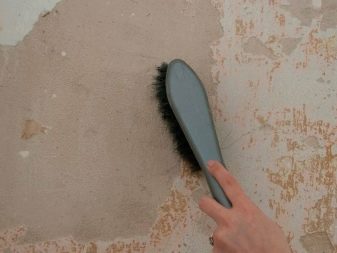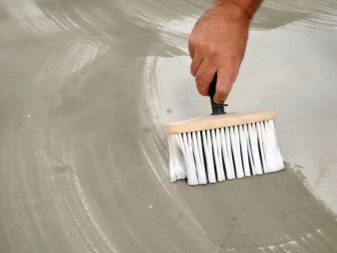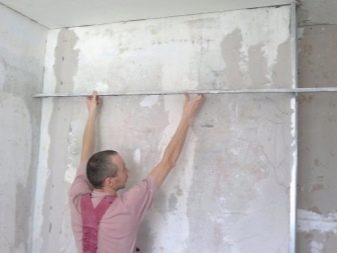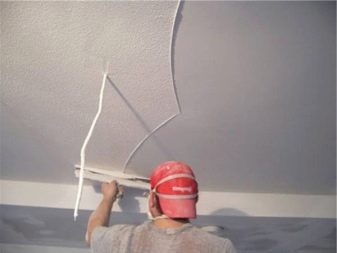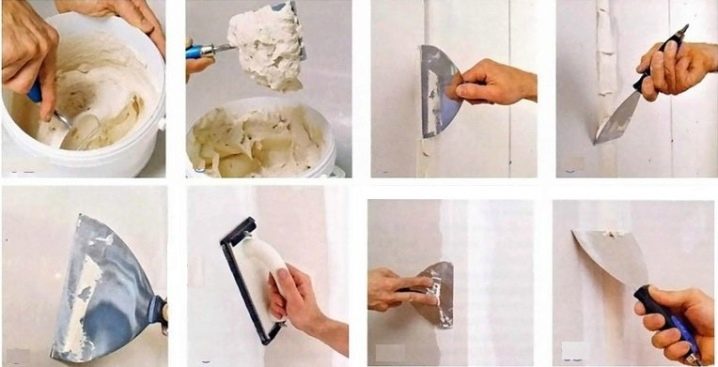How much dry putty?
Puttying is the finishing stage of the preparatory work, which precedes the wallpapering or painting of the floor, ceiling or walls. In order for the repairs to be made to last for a long time and to pass as quickly and easily as possible, it is necessary to take into account such factors as the time during which the putty dries.
If the surface it has dried has not completely dried out, it is impossible to continue repair work, as it is possible to spoil the finishing material, which can be quite expensive. On it can appear annoying bulges, tread out unsightly spots, the material can simply peel off from the rough surface. Therefore, you need to know what types of putty exist, and what are the features of their drying.
What circumstances determine the drying time of the putty?
Any type of filler is a water based solution. It is the liquid consistency that makes this material so convenient during construction and repair work. When the liquid evaporates during drying, the putty manifests itself fully - hardens and becomes durable. The conditions of the environment in which the leveling mixture is used have a direct effect on the drying time.
Manufacturers do not recommend going beyond a certain temperature range and humidity corridor.
There are such standards for the use of putty:
- It is better for the substance to dry in the temperature range from 5 to 25 degrees above zero;
- If this temperature cannot be maintained, the strength characteristics of the putty after drying will be unsatisfactory. For severe climatic conditions, special cold-resistant additives are used;
- If drying occurs in extreme heat, it will be very fast, but uneven at the same time, and the topcoat will certainly suffer.
In no case do not allow direct and intense sunlight to fall on the drying material.If conditions do not allow to secure the putty, you can use a coating film. It is also used before sticking wallpaper.
The moisture level that is optimal for normal drying of the material should not exceed 50%. Drying will be extremely slow with higher (up to 80%) moisture content.
In order to dry out the putty as soon as possible, it is also recommended to provide ventilation of the room, but at the same time it is necessary to exclude drafts, especially if the weather is windy.
The drying rate of the material on the treated walls also depends on other factors:
- Layer thickness The greater its thickness, the longer the drying will be. If you want the coating to come out of quality, it is better to put the putty in thin layers that will be applied to each other as it dries. This technique requires more time, but it is justified by the high quality.
- Absorbency of the prepared surface. The more porous the wall is, the better it will “pull in” the moisture of the material. This will provide accelerated drying, but it can be undesirable. In order not to accelerate the drying in this way, it is recommended to use priming materials.
Always pay attention to the instructions from the manufacturer of the putty.There are not only the rules of application, but also the drying time of the material. Most often, the manufacturer recommends applying the material on a perfectly dry base with a layer of up to 2 mm. This layer will dry for about a day. If thick layers are required, the drying time may increase to a week.
Another key factor that largely influences the drying of the putty is its type.
The main types of putty materials
The compositions of the leveling solutions have different binding additives. The most common types of plaster for walls and ceilings are gypsum, cement, universal, and polymeric (acrylic and latex).
What are gypsum mixes?
Gypsum plaster can be used only in conditions of low humidity and only for interior decoration. Due to its increased hygroscopicity - the ability to "pull" moisture from any media with which it interacts, gypsum will simply fall off the surface if the air is not dry enough.
Gypsum leveling material is valued for easy and quick application., the ability to adhere perfectly to the base and the inability to shrink.Gypsum-based filler dries faster than all other types of leveling materials. A layer whose thickness is not too large dries out and becomes hard after 3-6 hours. It is recommended to apply the gypsum mix in several layers for a perfect result.
When applying a gypsum-based leveling material, it must be remembered that the prepared solution should be used as quickly as possible due to the short setting time. This can cause some difficulties, since you need to prepare many servings.
How do cement fillers behave?
The cement-based material will dry for a full day. The recommended thickness of one layer when leveling walls or other surfaces is up to 4 mm. Despite too long drying, cement mixtures are quite affordable.
Cement leveling mixture is used if:
- you need to get a solid, sufficiently hard surface for the finish coating of porcelain stoneware, tile or masonry;
- front works are carried out;
- finishing work is carried out in conditions of high humidity and strong temperature fluctuations (here cement will be the ideal choice);
- it is necessary to repair cracks, large gaps or inter-tile joints.
Despite the long period of complete drying, cement mixes are great for many types of work, and for some they are simply irreplaceable. They are widely represented on the market and do not require significant financial investments.
Polymer putty
Leveling mixtures, in the composition of which is present acrylic or latex, tolerate conditions with high humidity. That is why they are suitable for both internal and external repair and construction works.
Despite these advantages, such materials have a significant drawback - a high price. For this reason, they apply only where final work is needed.
The main advantage of polymer blends is their high elasticity. Due to it, when drying and hardening, the coating is not damaged and does not deform. They are easy to apply in very small layers, the thickness of which rarely exceeds 1 mm.
This type of leveling mixture dries very quickly, which is also an undoubted advantage. As a rule, it is enough to wait up to 4 hours to proceed with the finishing sticking or painting.
Polymer leveling materials are good because, unlike quick-drying plaster, they can be kept in an already open container for up to several weeks.
What can be used for plastic work?
For such works specially designed putties are used. As a rule, with their help coloring of plastic details of cars is made. The range of such materials is really wide. These are materials that have a phenomenal drying speed - from 20 to 30 minutes.
Are there any quick-drying putty universal?
If timing is extremely important to you, and circumstances do not allow waiting for the putty to dry, you can use special quick-drying leveling compounds. However, it must be borne in mind that their quality will be worse than that of all the above materials. Speaking about the benefits, it is impossible not to note the ability of such a mixture to go well on any basis.
This is an excellent choice for rooms with high humidity - for a bath, kitchen, shower. For other types of leveling mixes such premises are not suitable, while generalists will successfully cope with this task.
The drying time of such material for wet rooms is indicated on the packaging. If the layer is thin, then it usually dries in 10 minutes. But if you need to get a thick enough layer, you will have to wait up to 2 hours.
Having a good adhesion with metal, concrete and wooden bases, the universal mixture fills all existing irregularities and defects.
Another undoubted advantage of this putty is the ability to simply control the degree of viscosity of the mixture. It is only necessary to dilute the material with the necessary amount of water to obtain the mass of the desired consistency.
Accelerating the drying of leveling compounds
As noted above, the acceleration of this process is not highly recommended. When using any heating units and tools, the surface will dry in pieces, i.e., very unevenly. This will damage the coating.
It should be borne in mind that if such a method is used, then the layer above is subjected to drying. It is possible to heat artificially only finishing coatings, whereas coatings with starting putty cannot be heated.
What is the technology of applying leveling mixtures?
The final stage of the preparation of the base with the help of putty takes place in the following sequence:
- first, the surface is cleaned from the previous coating;
- dust and grease are necessarily removed, existing cracks are embroidered;
- repairs should be planned so that the ambient temperature is not negative or too high, and the humidity does not exceed the normal value. If such conditions are not met, drying will take longer;
- the base must be primed so that it does not “intensively” draw into itself the moisture from the putty mixture, which is thus saved, does not crack and hardens better;
- starting mixture should be used to eliminate the coarse irregularities;
- it is better to divide the work into stages, first applying one layer over the entire area of the room, and then subsequent ones as the first one dries;
- after the base is completely dry, it must be sanded until maximum smoothness is achieved;
- in the next step, the finishing mixture is applied, the layer of which should not be thick;
- At the end of the work, the finishing material is sanded using fine sandpaper.
Summing up, it should be recalled that the choice of leveling mixture largely depends not only on the type of foundation, but also on the conditions of the environment in which the repair is made. Each type of material has its own drying period. It is undesirable to accelerate such drying in order to avoid damage to the putty layer, its cracking and subsequent deterioration of the finishing finish.
For how to level the walls with putty, see the next video.
